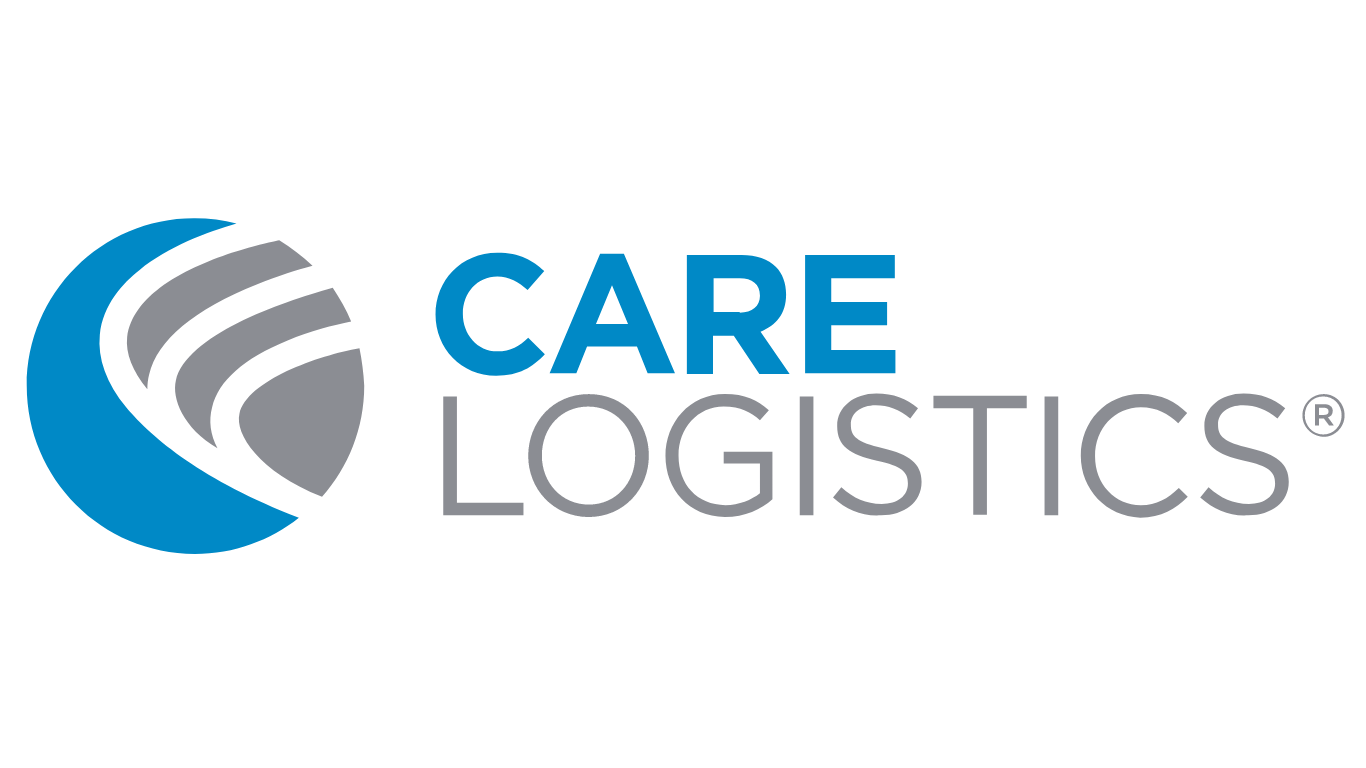Navigating the Technology Adoption Curve in Healthcare
Are You Really an Industry Leader?
In healthcare, innovation is often touted as a key differentiator among hospitals and health systems. Many organizations proudly claim to be at the forefront of technological advancement, driving positive change in patient care and operational efficiency. However, when we examine the reality through the lens of the technology adoption curve, a more nuanced picture emerges. True "innovators" make up only a tiny fraction of healthcare organizations.
Understanding this curve is crucial for hospitals and health systems to accurately assess their position in the innovation landscape and chart a course for future growth. So, where does your organization truly stand, and why does it matter?
What is the Technology Adoption Curve in Healthcare?
The technology adoption curve is a model that describes how new technologies or innovations are adopted over time. In healthcare, this curve is particularly relevant as it helps us understand how hospitals and health systems integrate new technologies and processes.
The curve consists of five categories of adopters:
Innovators (2.5%): These are the risk-takers, always eager to try new technologies.
Early Adopters (13.5%): Opinion leaders who are comfortable adopting new ideas.
Early Majority (34%): Pragmatists who adopt new technologies after seeing proven benefits.
Late Majority (34%): Skeptics who adopt only when necessary or when the majority has already done so.
Laggards (16%): Traditional organizations resistant to change, adopting only when absolutely necessary.
In healthcare, the distribution of these percentages is often even further skewed, with innovators reported as being as little as 1% of the total. The Early Adopters category reflects an even more drastic deviation from the standard bell curve, encompassing only about 4% of healthcare organizations as opposed to the standard 13.5%. This curve applies to a wide range of technologies, spanning from electronic health records and operational solutions to clinical tools and robotic surgery systems. Understanding where an organization falls on this curve can provide valuable insights into its approach to innovation and technological advancement.
Identifying Your Position on the Adoption Curve
To determine where your healthcare organization lands on the technology adoption curve, consider the following:
● Speed of adoption: How quickly does your organization implement new technologies compared to industry peers?
● Risk tolerance: Are you willing to be among the first to try new technological solutions?
● Resource allocation: What percentage of your budget is dedicated to exploring and implementing innovative technologies?
● Cultural mindset: Does your organization actively seek out continuous improvement through new technological adoption?
● External partnerships: How often do you collaborate with new vendors to pursue opportunities for innovation?
By honestly evaluating these factors, you can gain a clearer picture of your true position on the adoption curve.
Facing the Truth: Not as Innovative as You Thought?
If this assessment reveals that your organization isn't as innovative as previously believed, don't despair. This realization is actually an opportunity for growth and improvement. Recognizing your current position allows you to make informed decisions about where to focus your efforts and resources.
The Case for Innovation in Healthcare
Why should hospitals and health systems strive to be more innovative? The benefits are numerous:
Improved patient outcomes: Cutting-edge technologies can lead to improved patient throughput, quality assurance, and better overall care.
Increased operational efficiency: Innovative solutions can streamline workflows, reduce waste, and optimize resource allocation.
Enhanced patient experience: New technologies can improve patient satisfaction and engagement.
Competitive advantage: Innovators and Early Adopters can gain market share and establish themselves as industry leaders.
Cost savings: While innovation may require upfront investment, it often leads to long-term cost reductions through improved efficiency and effectiveness.
Unlocking New Levels of Performance
The good news is that becoming more innovative doesn't necessarily mean a complete overhaul of your existing systems. Sometimes, it's about strategically adding innovative solutions to your current technology stack. For example, implementing a digital overlay like CareEdge™ can unlock new levels of performance improvement without disrupting your entire infrastructure.
By integrating innovative operational solutions, organizations can:
Decrease patient wait times, creating a better patient experience
Easily manage valuable clinical and diagnostic resources
Increase capacity with timely and appropriate discharges
Enable staff to practice at the top of license by decreasing time wasted on administrative tasks
Provide better patient care at a lower cost by eliminating operational waste
Embracing Innovation
Understanding your true position on the technology adoption curve is extremely helpful for healthcare organizations aiming to improve and innovate. By honestly assessing where you stand, embracing the need for change, and strategically implementing solutions like CareEdge™, your organization can move toward the forefront of healthcare innovation. Remember, the goal isn't just to adopt new technology for its own sake, but to leverage innovation to provide better care, improve operational efficiency, and ultimately, save more lives.



